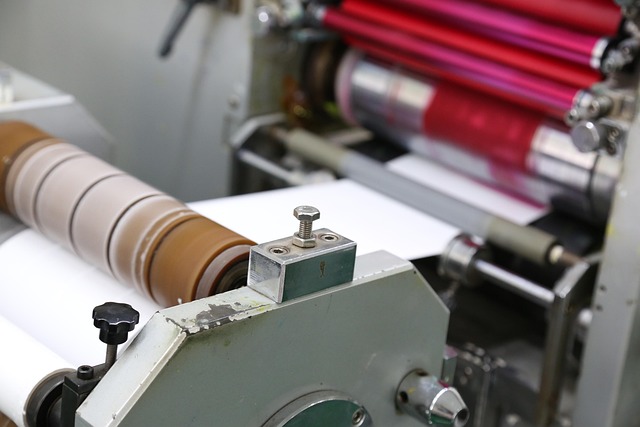Digital printing and offset printing are two primary methods in the printing services industry. Digital printing, powered by laser or inkjet technology, offers speed, flexibility, and cost-efficiency for small to medium print runs, personalized content, and dynamic design changes. Offset printing, a traditional method using inked plates, is ideal for large-scale production of high-quality materials like brochures, magazines, and books, where consistency and color accuracy are paramount. Choosing between them depends on project requirements, batch size, desired turnaround time, budget, and the level of design detail needed. Digital printing caters to modern needs with cost-effectiveness and customization, while offset printing guarantees high-quality results for bulk orders.
In the realm of modern printing, understanding the distinctions between digital and offset printing is essential for businesses seeking high-quality output. This comprehensive guide delves into the unique aspects of each technique, from the advanced technology of digital printing to the traditional yet robust methods of offset printing. By exploring key differences in print techniques, advantages, disadvantages, benefits, and use cases, you’ll gain valuable insights to aid your choice of printing services.
- Understanding Digital Printing: A Modern Approach
- The Basics of Offset Printing: Tradition Meets Quality
- Key Differences in Print Techniques and Technology
- Digital Printing: Advantages and Disadvantages
- Offset Printing: Benefits and Use Cases
- Choosing the Right Printing Service: A Comprehensive Guide
Understanding Digital Printing: A Modern Approach
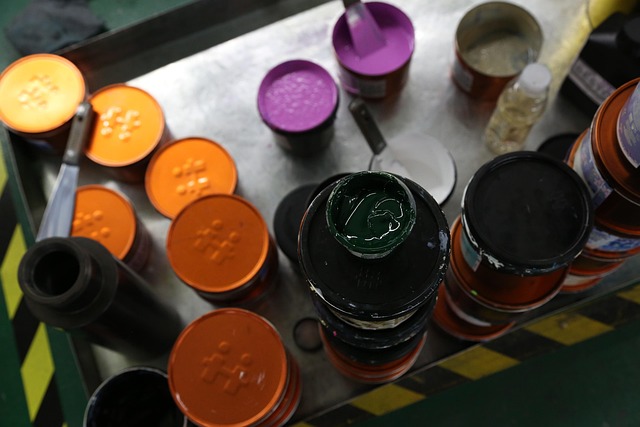
Digital printing represents a modern approach to printing services, characterized by its speed, flexibility, and cost-effectiveness. Unlike traditional offset printing methods that rely on physical plates and mass production runs, digital printing utilizes advanced technology like inkjet or laser printers to produce high-quality prints on demand. This innovative method allows for dynamic design changes and personalized content, making it ideal for short-run projects, direct mailings, and marketing materials.
The advent of digital printing has transformed the landscape of printing services, offering businesses and individuals a more efficient and versatile alternative. With its ability to quickly adapt to diverse customer needs, digital printing ensures that each piece is printed with precision and can be easily updated or adjusted, making it a preferred choice for those seeking cutting-edge solutions in the realm of visual communication.
The Basics of Offset Printing: Tradition Meets Quality
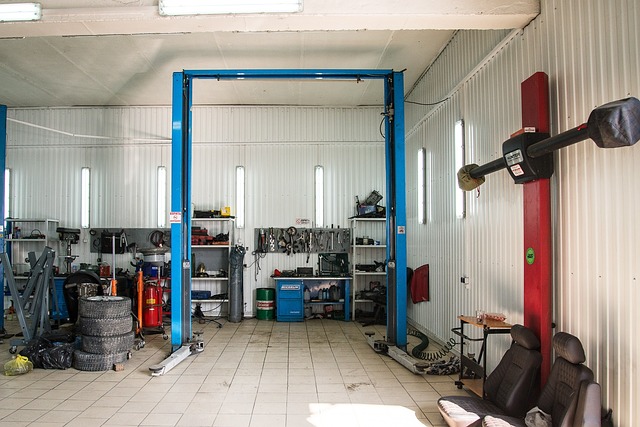
Offset printing, a traditional yet refined method, has been a cornerstone of the printing industry for decades. It’s a process where ink is transferred from a plate to a blanket, then to the printing surface, creating sharp, high-quality images and text. This technique is renowned for its ability to produce vibrant, accurate prints on various materials, making it a go-to choice for many businesses and marketing campaigns.
In the realm of printing services, offset printing stands out due to its versatility and consistency. It can handle large print runs with minimal variation in quality, ensuring that each printed material maintains the same high standards. This method is particularly effective for producing items like brochures, magazines, books, and advertising materials, where image clarity and color accuracy are paramount.
Key Differences in Print Techniques and Technology
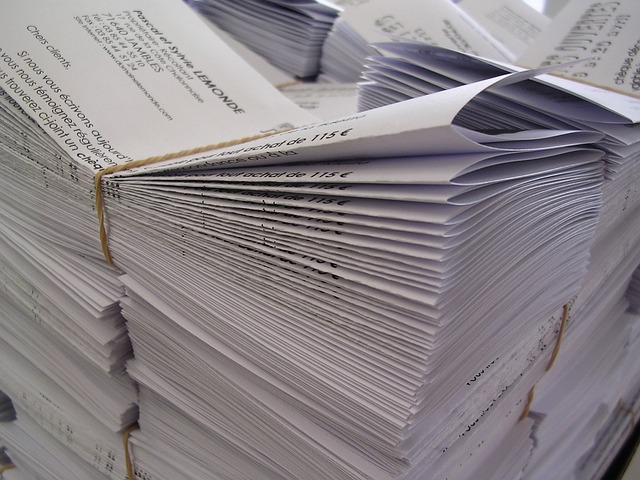
The fundamental distinction between digital and offset printing lies in their print techniques and technology. Digital printing, a modern approach, utilizes advanced digital technologies such as laser or inkjet printers to produce high-quality prints directly from digital data. This method is highly versatile, allowing for quick turnaround times, on-demand printing, and the ability to print on various media types. It’s ideal for small batch sizes, personalized items, and projects that require frequent updates, making it a preferred choice among many modern printing services.
In contrast, offset printing employs a traditional process where an inked surface, typically a plate or screen, is used to transfer ink onto paper. This technique is most effective for large print runs as it ensures consistent quality and color accuracy across multiple copies. While it may not offer the same level of versatility as digital printing, offset printing services remain popular for bulk orders, especially in industries that rely on high-quality, long-lasting prints like marketing collateral, books, and newspapers.
Digital Printing: Advantages and Disadvantages

Digital printing offers several advantages that make it a preferred choice for many modern businesses. One of its key strengths is flexibility; digital printers can produce small batches or even single items with ease, allowing for greater customization and quicker turnaround times compared to traditional printing services. This technology also enables the use of full-color prints at no additional cost, making it ideal for short-run projects where a diverse range of designs is required. Moreover, digital printing allows for easy updates and changes to be made, as new content can be uploaded and printed instantly without re-setup or plate preparation.
However, there are some disadvantages to consider. The initial investment in digital printing equipment can be high, making it less accessible for small businesses or startups. Additionally, while digital printing is efficient, it may not always match the consistent quality of offset printing, especially for very high-resolution images or large formats. Nevertheless, with advancements in technology, digital printing services have continually improved, bridging the gap and offering an affordable solution for many printing needs.
Offset Printing: Benefits and Use Cases

Offset printing, a traditional yet powerful printing method, offers several advantages that make it a preferred choice for various industries. One of its key benefits is the ability to produce high-quality, detailed prints on a large scale. This makes it ideal for commercial printing services, where consistent and impressive results are essential. From printing services like brochures, magazines, and catalogs to packaging materials, offset printing delivers sharp images and accurate color representation, ensuring visual impact.
Additionally, this technology is versatile and can handle diverse media types, including paper, cardboard, and even fabric. Its long-lasting equipment and plates make it cost-effective for long-run printing projects, making it a go-to option for businesses seeking affordable mass production of marketing collateral. Many printing services opt for offset printing due to its efficiency, quality, and ability to meet the demands of modern print markets.
Choosing the Right Printing Service: A Comprehensive Guide
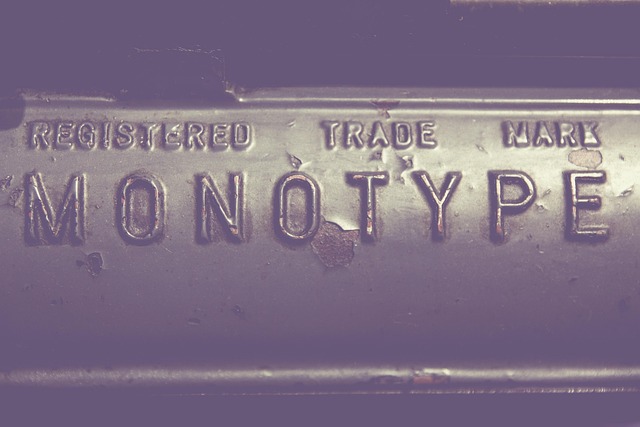
When selecting a printing service, understanding the nuances between digital and offset printing is essential. Each method has its unique advantages and applications. Digital printing, for instance, is ideal for small to medium-sized runs and allows for quick turnaround times and precise color accuracy. It’s perfect for businesses that need to print marketing materials, such as brochures or posters, frequently with minimal setup costs.
Offset printing, on the other hand, excels in producing high-quality, large-format prints like books, magazines, or high-volume packaging. Despite higher initial costs and longer lead times, offset printing offers superior image quality and consistency for complex designs. When choosing a printing service, consider factors such as print volume, desired turnaround time, budget, and the level of detail in your design to make an informed decision that aligns with your project’s needs.
In conclusion, both digital and offset printing offer unique advantages tailored to distinct needs. Digital printing stands out for its speed, versatility, and cost-effectiveness in small runs or personalized designs, making it ideal for modern marketing campaigns and dynamic businesses. On the other hand, offset printing remains a reliable choice for bulk orders and high-quality, intricate artwork due to its superior color accuracy and durability. When selecting a printing service, understanding these differences is key to ensuring optimal results. Whether you’re a startup or established brand, choosing the right technique can significantly impact your marketing efforts and overall customer experience.
